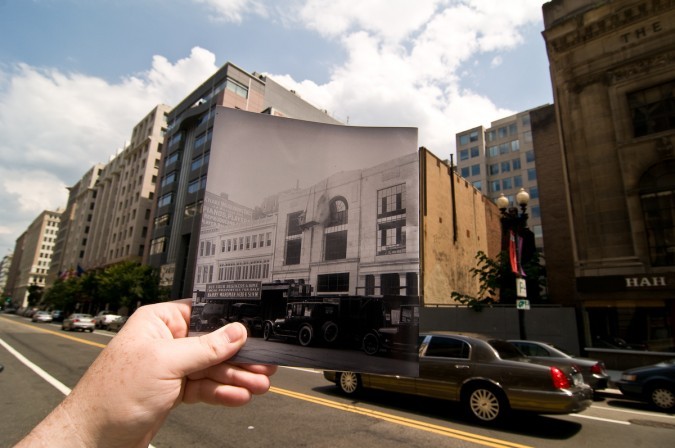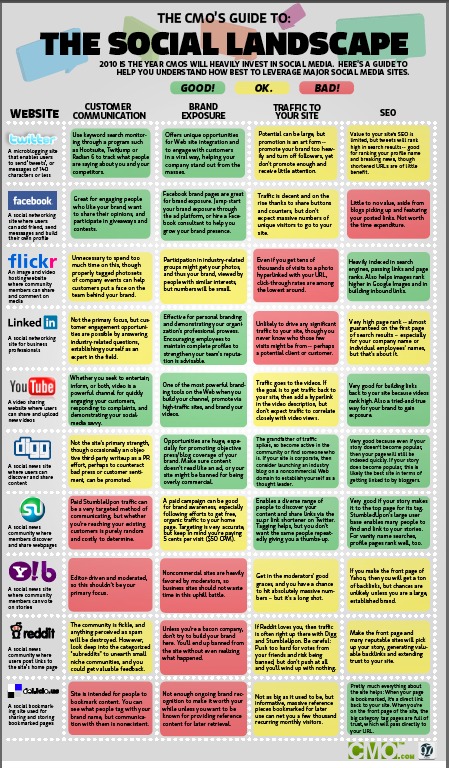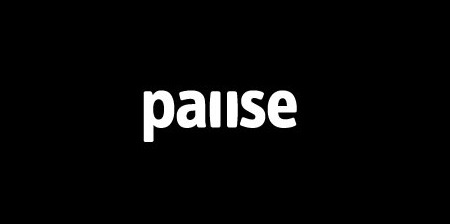Are You the Peanut Butter?
I heard Brad Inman give a speech at O’Reilly’s Tools of Change conference, and he said trying to get stuff done in book publishing is like trying to swim through a jar of peanut butter. I nearly stood up and screamed “EXACTLY!” I have had the good fortune to work with a lot of entrepreneurs and tech people, and they are doing circles around my publishing colleagues because they don’t put up the roadblocks and draw the lines in the sand. If I had to guess, the peanut butter people have no idea what that means.
Here are 10 signs you might be……….The Peanut Butter:
1) You can’t think of anything to show for your work in the last six months.
2) You think your job is to prevent mistakes from being made.
3) You believe that the more people invited to a meeting, the more successful the meeting will be.
4) Meetings take months to schedule.
5) You would rather be “politically correct” and “cc everyone” than make something great happen.
6) You’re paralyzed by the concept of “scalable.”
7) You think you have the upper hand in nearly all business dealings , but deep down inside, in those quiet moments late at night, you know you’re losing “control.”
8 ) You resort to bullying tactics to get your way without ever considering what might benefit everyone.
9) You spend your days trying to figure out how to gain control.
10) You’re an information hoarder.
This is a great posting by Debbie over at HarperStudio. I’m especially drawn to numbers 8 and 10. Tip: Consider what benefits everyone, and share (don’t hoard) information. Win-win!
















